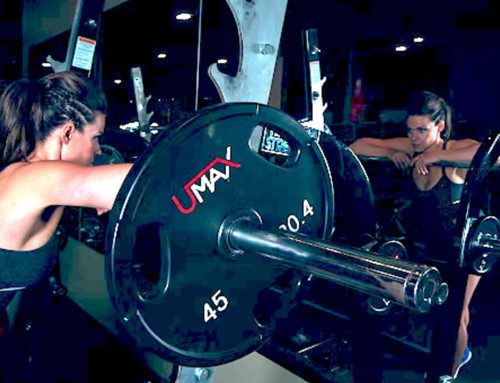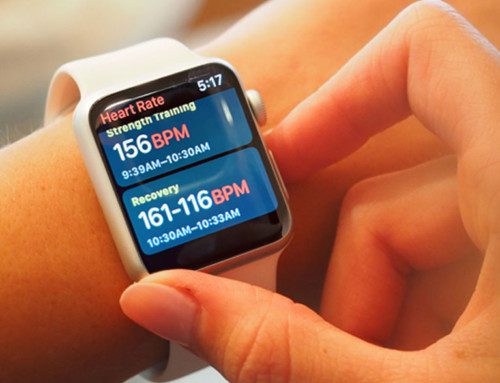In the fall, we seem to hear the term ‘concussion’ much more frequently than other times of the year. But what is it? Why does this word get used so frequently, and what are the implications of a concussion? Many people dismiss it as a player’s excuse for sitting out for a few plays. Some don’t understand why concussions should be such a concern in the sports world. And then we see one that gives us pause: a player gets hit, lies on the ground for a second or two, and when they get up they seem to gaze around without comprehending what they’re seeing, maybe even stumbling a few steps.
A concussion can be defined in a multitude of ways, including:
- A traumatically induced transient disturbance of brain function, involving a complex pathophysiologic process (Harmon et al)
- A complex pathophysiologic process affecting the brain, induced by biomechanical forces secondary to direct or indirect forces to the head (CDC), making it a ‘functional’ not ‘structural’ injury (Reddy)
- Acute trauma to the head, followed by a hypermetabolic state (Gurley)
Aside from the complexity of those definitions, what does that mean? If we break those definitions down, a concussion is a temporary (transient) event that alters the efficiency of brain processes. It is a functional injury, meaning that a concussion disturbs the way that the brain relays sensory and motor information to and from the periphery. Finally, a concussion is followed by a hypermetabolic state, meaning that it channels extreme amounts of energy to the reparation of the brain function, often causes victims fatigue for periods of time.
When a concussion occurs, the axons (shafts of nerves) are sheared, which disrupts the signaling along the length of the nerves. At that time, the brain’s ability to process sensory input is damaged. This affects balance due to incorrect or skewed information from the vestibular and visual systems, altered sensation from the limbs, weakness, and other perceptions of external inputs and how that would drive us to interact with the outside world.
Stay tuned for more information about concussions, including: prevalence of concussions in sport, PT intervention following a concussion, and more.
References:
- Harmon KG, Drezner JA, Gammons M, et al. American medical society for sports medicine position statement: Concussion in sport. Br J Sports Med. 2013;47(1):15-26.
- Center for Disease Control. Concussion fact sheet. 2012
- Reddy, CC, Collins, MW, and Gioia, GA. Adolescent Sport Concussion. Physical medicine and Rehabilitation Clinic of North America, 2008, 19: 247-269.
- Gurley, J, Hujsak, B, Kelly, J. 2013. Vestibular rehabilitation following mild traumatic brain injury. Neurological rehabilitation, 32, 519-528





